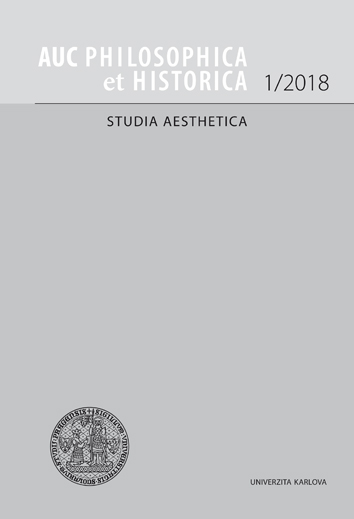Překonávání dualismu života a umění ve filosofii Johna Deweyho a A. N. Whiteheada
The Overcoming of the Dualism between Art and Life in the Philosophy of John Dewey and Alfred North Whitehead
Author(s): Ondřej DadejíkSubject(s): Aesthetics
Published by: Univerzita Karlova v Praze, Nakladatelství Karolinum
Keywords: aesthetic experience; dualism; contextualism; J. Dewey; A. N. Whitehead
Summary/Abstract: In this essay the author argues that there is a close compatibility between John Dewey’s social philosophy of art and Alfred North Whitehead’s thinking about the relationship between art and life. First, the author outlines the opposition between isolationism and contextualism as two main tendencies in the field of aesthetic theory. He draws on Melvin Rader’s explanation of the chief difference between the two: an isolationist theory insists that art is distinct or even separate from the rest of life, whereas a contextualist theory maintains the integrality of art and life. The author then argues that both tendencies are implausible if considered separately, and that – despite the manifest conflict between these tendencies – both Dewey and Whitehead were able to use them to good purpose in their theories. In the second part of the essay, the author points out the similarities between Dewey’s and Whitehead’s ideas about the rootedness of art in everyday life, revealing the usually not so apparent contextualist, or social, side of Whitehead’s conception of art. Finally, in the third part, the author argues that we can usefully trace these similarities and convergences to more fundamental parts of the thinking of both philosophers, especially to their critiques of the dualisms inherent in the constitution of modern thought in general.
Journal: Acta Universitatis Carolinae Philosophica et Historica
- Issue Year: XXIV/2018
- Issue No: 1
- Page Range: 39-54
- Page Count: 16
- Language: Czech

